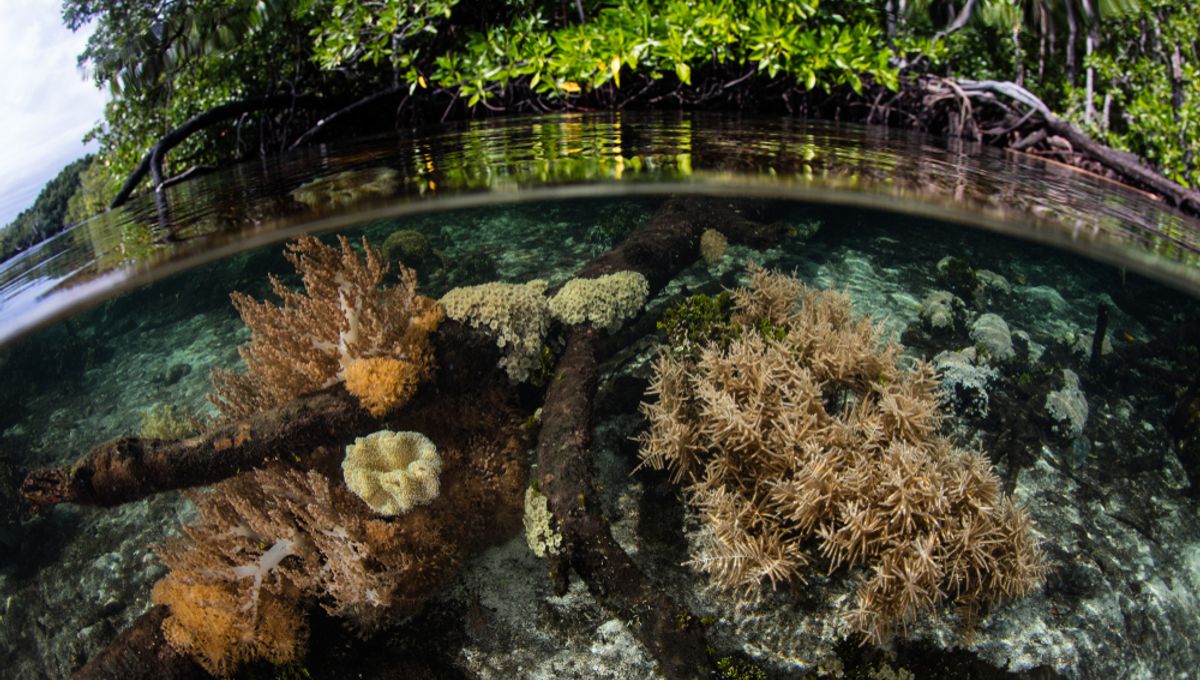
The United Nations Environmental Program has been trying to help humanity make peace with nature over the last two years, and news from Montreal shows that we at least have a roadmap to do just that. The 2022 United Nations Biodiversity Conference of the Parties to the UN Convention on Biological Diversity, also known as COP15, has concluded in the Canadian city with a historic agreement on how to protect nature.
Twenty-three goals have been agreed upon by 190 countries. This includes protecting 30 percent of land and oceans by 2030 – at the moment, only 17 percent of land and eight percent of marine areas are under protection. The agreement is considered a pivotal moment in the need to safeguard the other species that we share the planet with, but some consider the process rushed and think that more could have been done.
The agreement is known as the Global Biodiversity Framework (GBF) and it has ambitious but obtainable goals. The signatories have agreed to restore 30 percent of terrestrial and marine ecosystems. Currently, 40 percent of the land is degraded. The GBF aims to also to never lose any more areas of high biodiversity importance and high ecological integrity.
Among other goals, there’s cutting global food waste by half, plus phasing out any form of subsidies that harm biodiversity (by at least $500 billion per year) and increasing the incentives that support biodiversity conservation and sustainable use of resources. They also aim to raise $200 billion per year from public and private sources to provide biodiversity-related funding and have at least $30 billion per year to go from high-income countries to medium and low-income countries.
“Biodiversity is interconnected, intertwined, and indivisible with human life on Earth. Our societies and our economies depend on healthy and functioning ecosystems. There is no sustainable development without biodiversity. There can be no stable climate without biodiversity,” UN Development Programme Administrator Achim Steiner said in a statement regarding COP15
“One of the most dangerous delusions is that we have a choice whether or not we preserve nature, because the stark truth is that we do not. Today’s agreement is a historic moment in recognition of this truth, and a moment that, if answered with actions as agreed, may set a course for a thriving future on a healthy planet that leaves no one behind.”
There are concerns that many countries will not pursue these goals as aggressively as they should and many are concerned about the possibility of “greenwashing” some of the commitments written in the GBF. There is plenty of evidence backing a more skeptical view of how much change will be delivered.
Still, there are things that are truly important – like the fact that the GBF finally and explicitly recognizes not just the rights and territories of Indigenous people, but also how their roles and knowledge are pivotal for the sustainable use of resources and the protection of our planet. Many hope that this recognition is followed by support, leadership opportunities, and funding.
Source Link: Historical “Peace With Nature” Agreement Signed At COP15